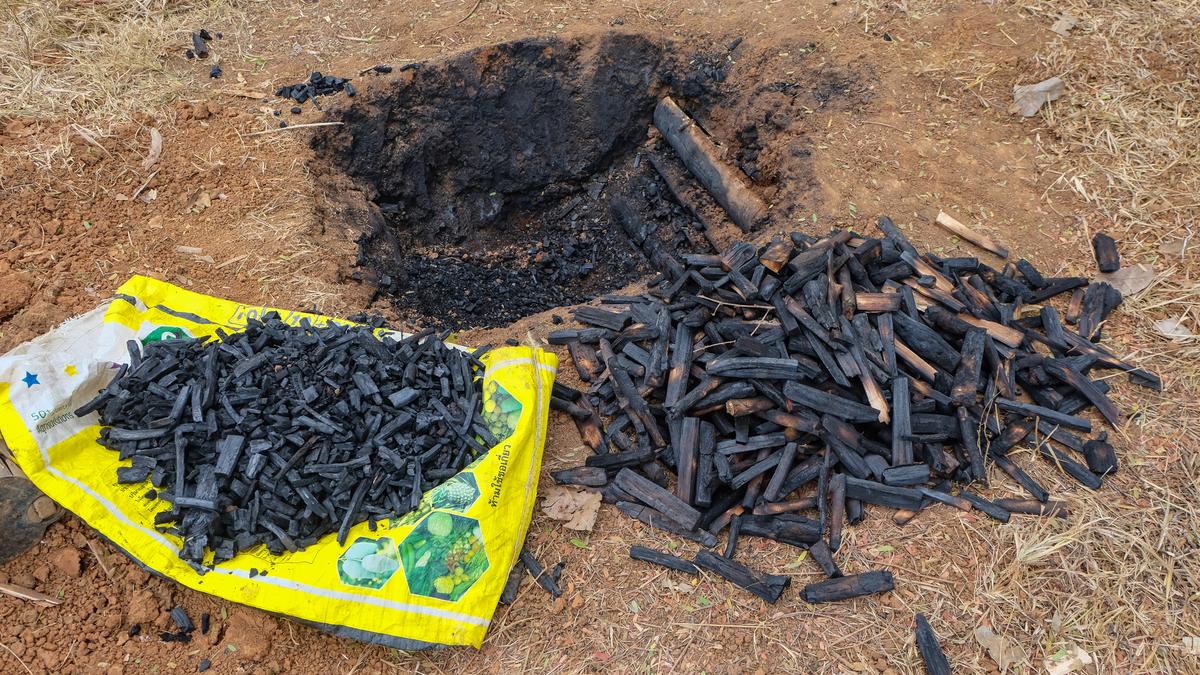What are the byproducts of biochar production and how can they generate additional electricity and fuels? How can biochar help the construction sector? Why does biochar remain underrepresented in carbon credit systems? How should one enable large-scale adoption of biochar?
India’s upcoming carbon market in 2026 positions biochar, made from agricultural residue and organic municipal solid waste, as a crucial carbon removal solution. Using 30 to 50 percent of surplus waste could yield 15 to 26 million tonnes of biochar annually, removing about 0.1 gigatonnes of CO₂-equivalent and producing byproducts like syngas and bio-oil for clean energy.
For the agricultural and forestry sectors, biochar has a high potential to sequester carbon for centuries while offering benefits across agriculture, construction, wastewater treatment, and carbon capture, including improved soil health and reduced fertilizer needs.
Adoption is hindered by lack of standardised markets, carbon accounting methods, awareness, and policy support. Recognising biochar in the carbon market could drive investment, create over 500,000 rural jobs, and help meet India’s climate goals.


